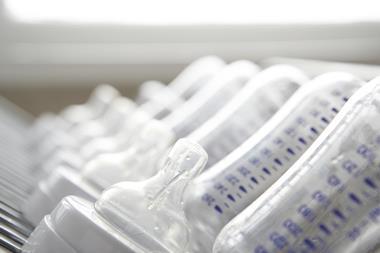A literature review carried out by scientists in Uganda and the US has revealed a lack of information about the levels of exposure to bisphenol A (BPA) in developing countries. But the little data that are available suggests exposure is broadly similar in the richest and poorest countries.
Regulators in regions such as Europe and the US are bringing in ever-tighter rules surrounding the use of BPA, a component of shatterproof plastics and the epoxy resins that line food tins. Central to the argument over whether BPA actually causes harm is uncertainty over exposure levels, and there has been a flurry of recent studies attempting to assess whether the minute levels of BPA that are transferred from packaging to food and ingested actually pose a health risk.
But looking at research on BPA exposure and its potential health effects, the review’s authors found there have been just a handful of studies specifically aimed at developing countries. Although these suggest exposures are similar to those in developed countries, the authors argue that more research is needed, particularly given that restrictions on the use of BPA that have been brought in by some regulators, such as a ban on using it to make baby bottles, have not been introduced in many developing countries across Africa, South America and south-east Asia.
‘The meagre data reviewed suggests that human exposure to BPA in developing countries is similar to that in developed countries,’ they conclude, adding that limiting the use of BPA in food contact plastics would be in line with the precautionary approach taken by western regulators.
References
S A Baluka and W K Rumbeiha, Food Chem. Toxicol., 2016, DOI: 10.1016/j.fct.2016.03.025











No comments yet